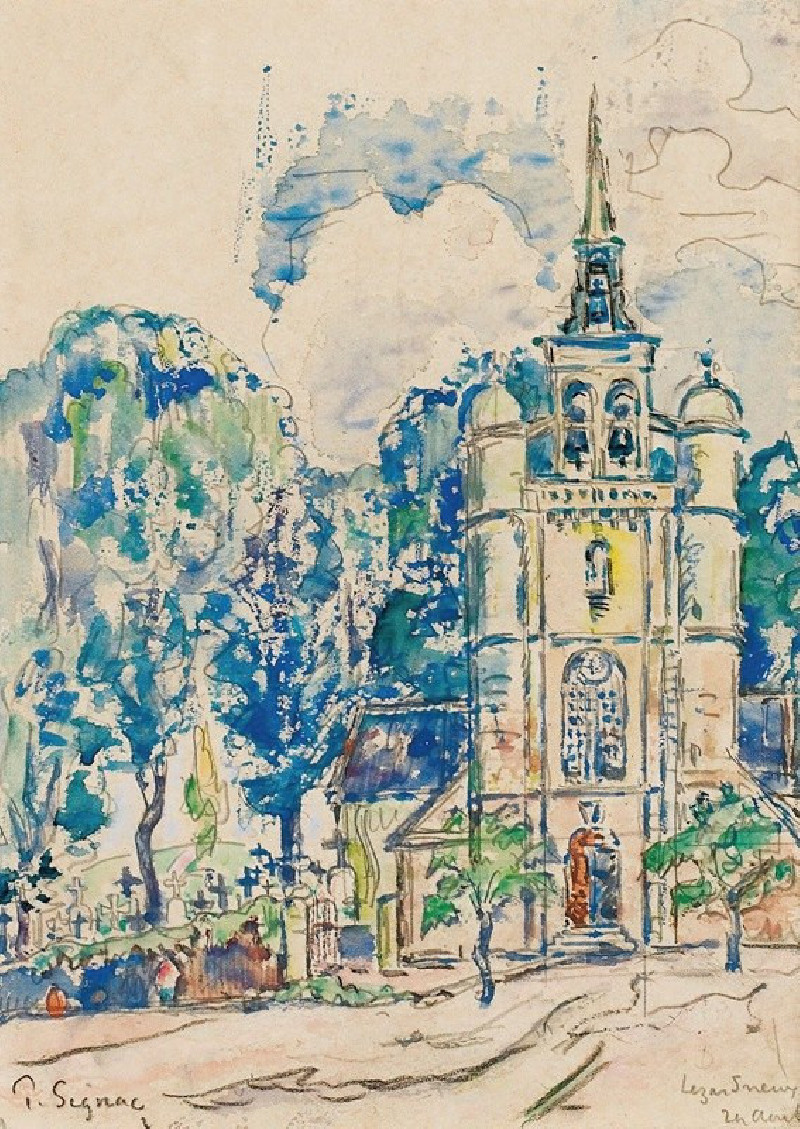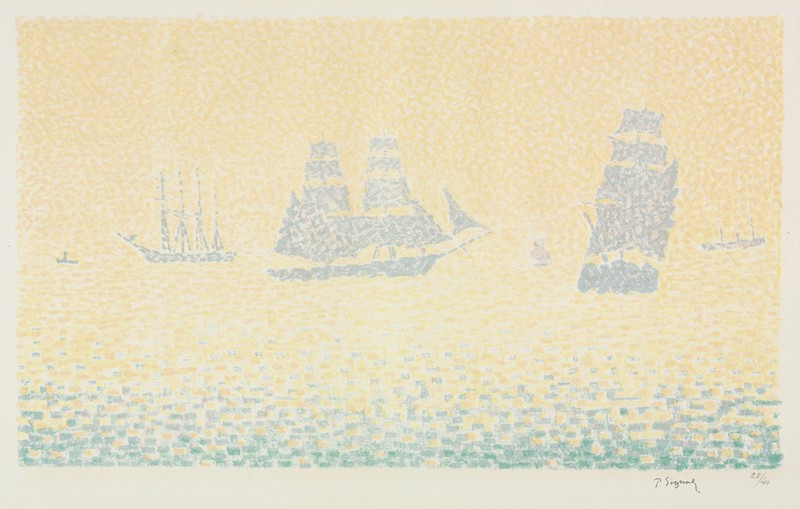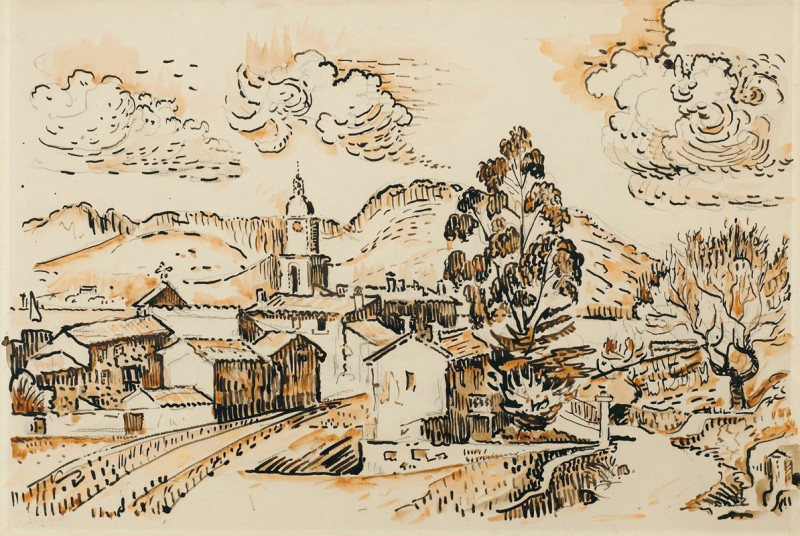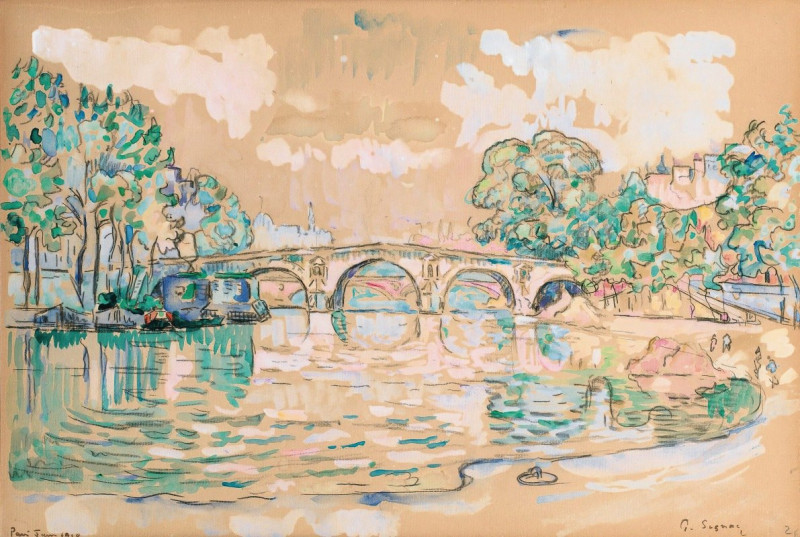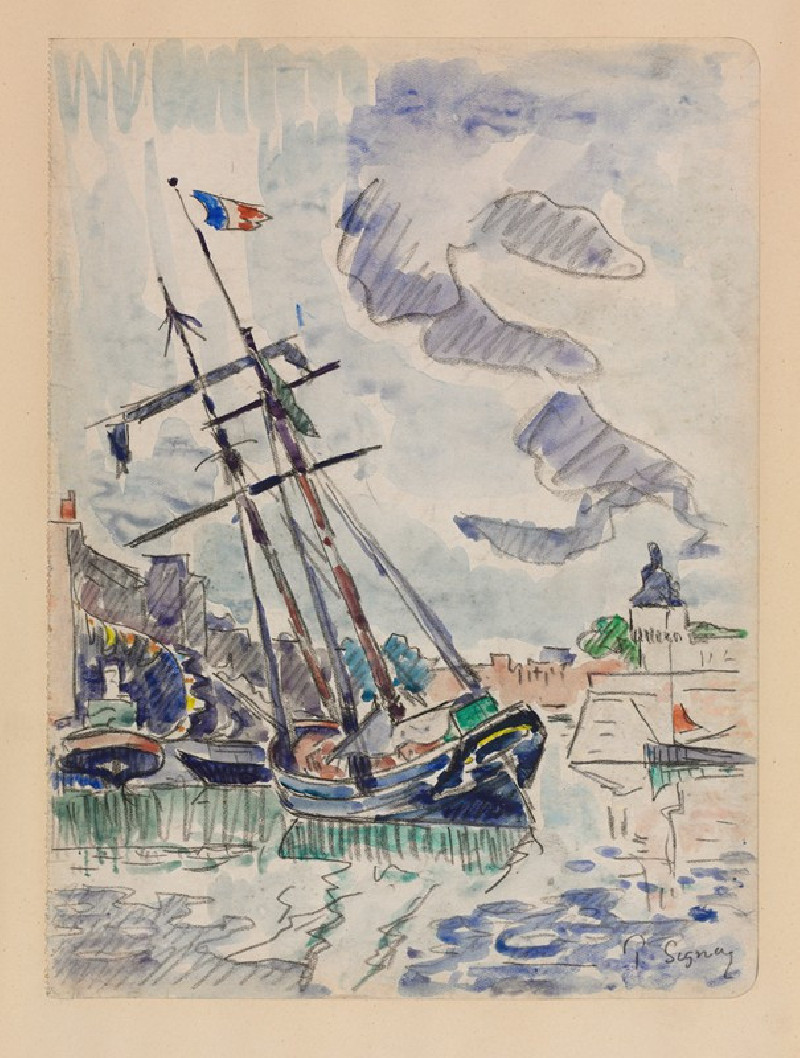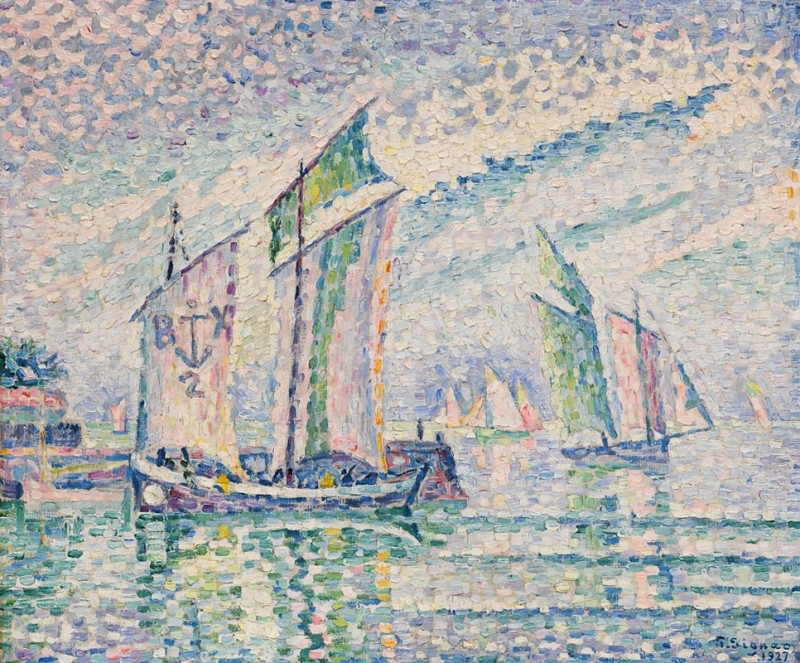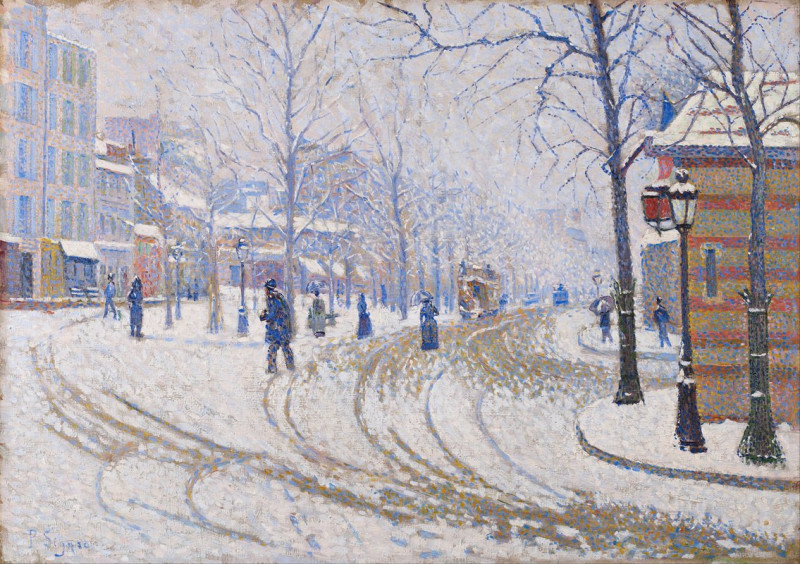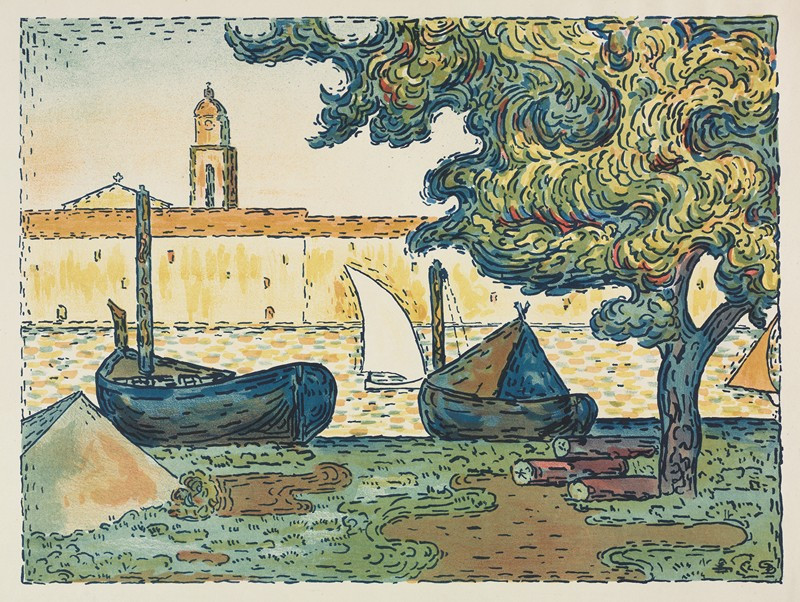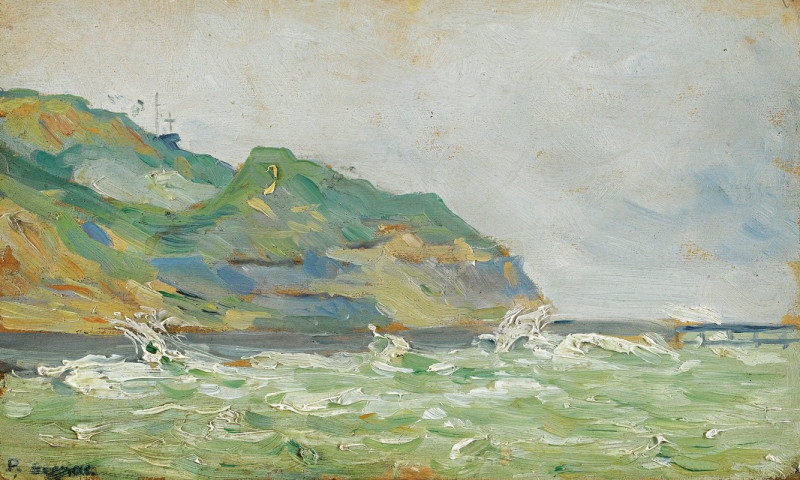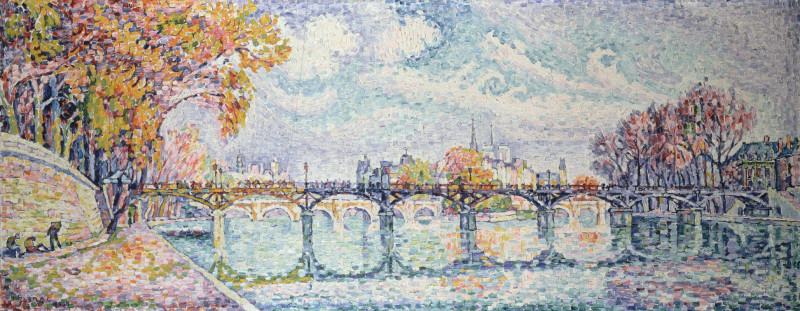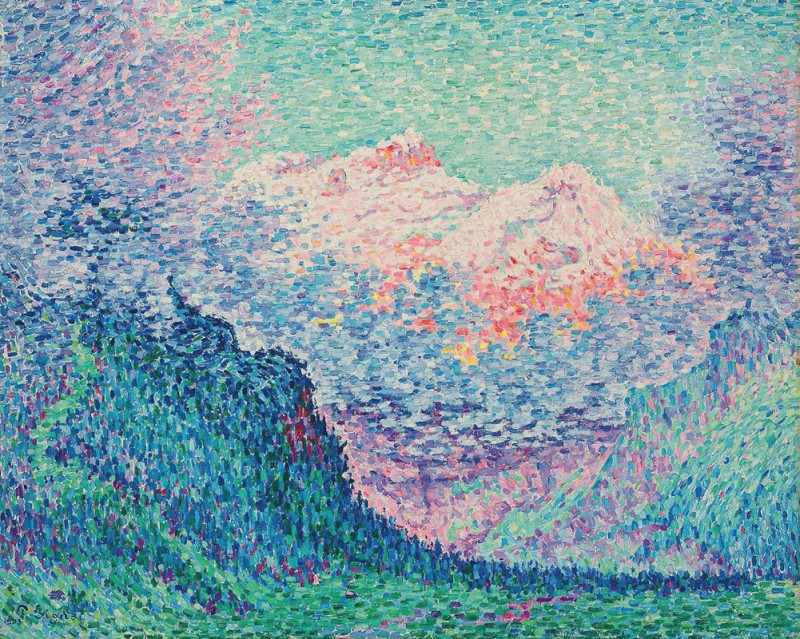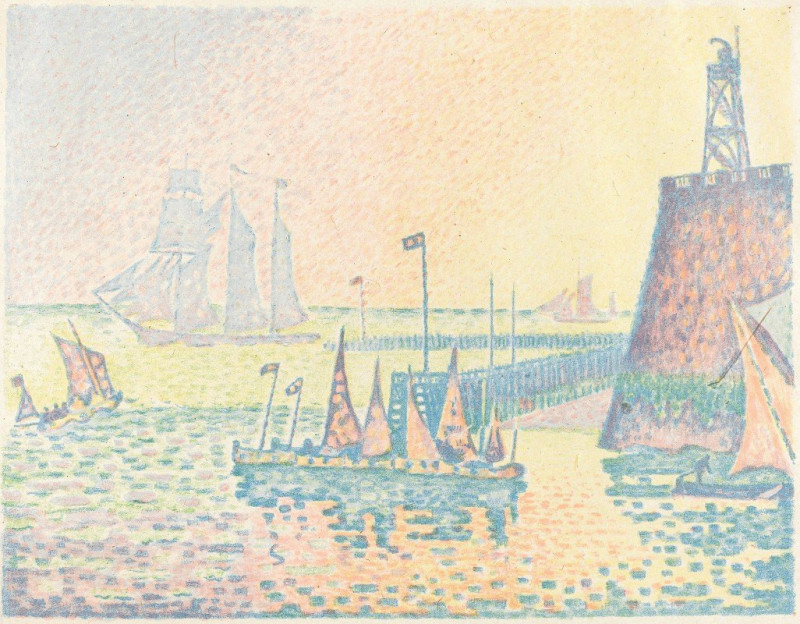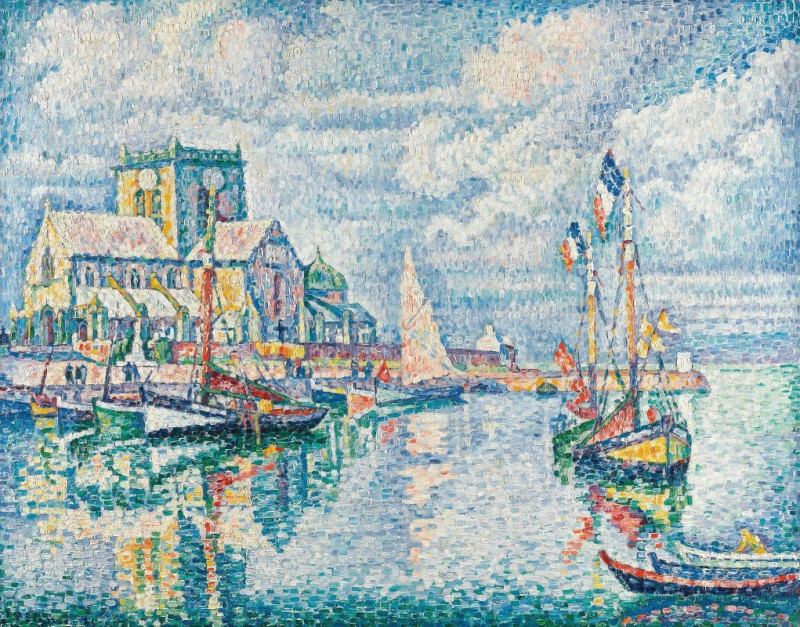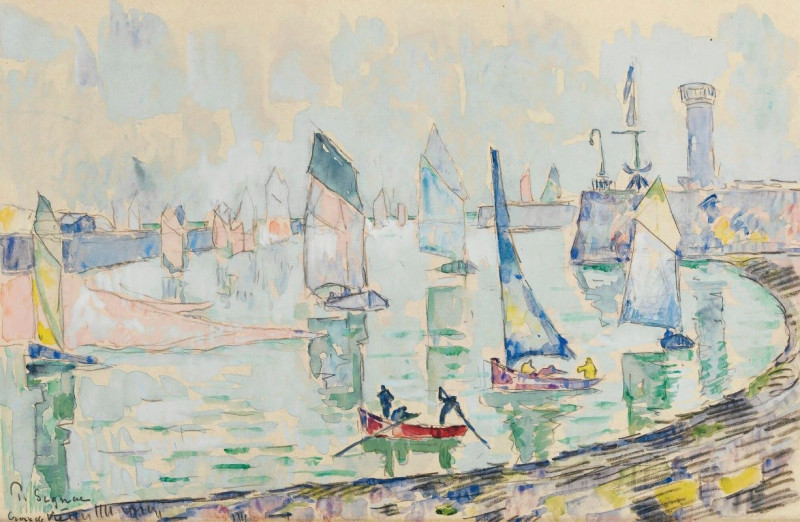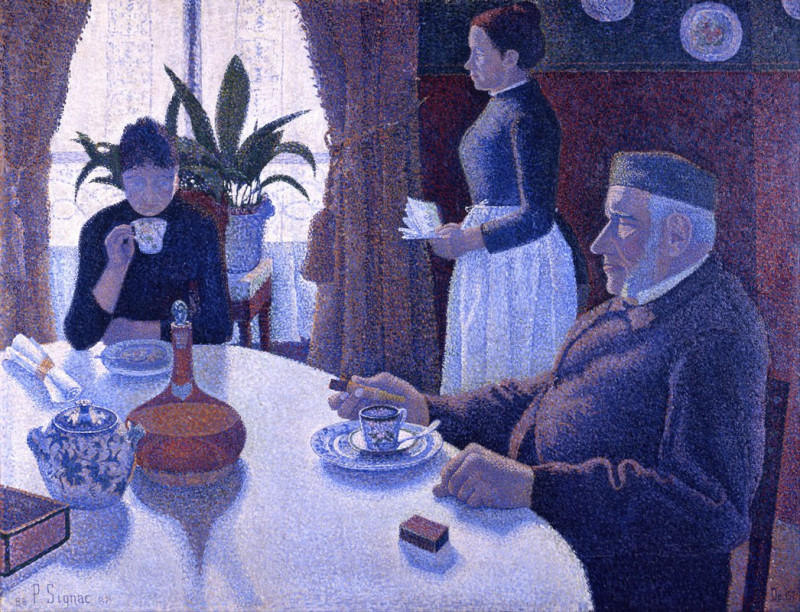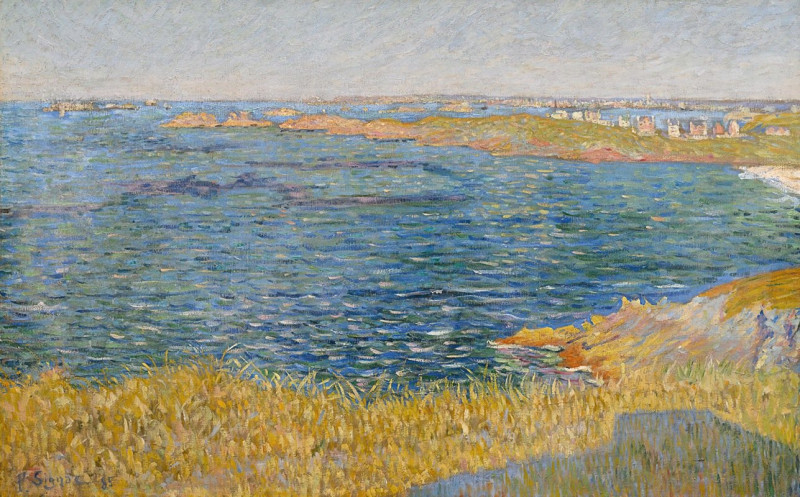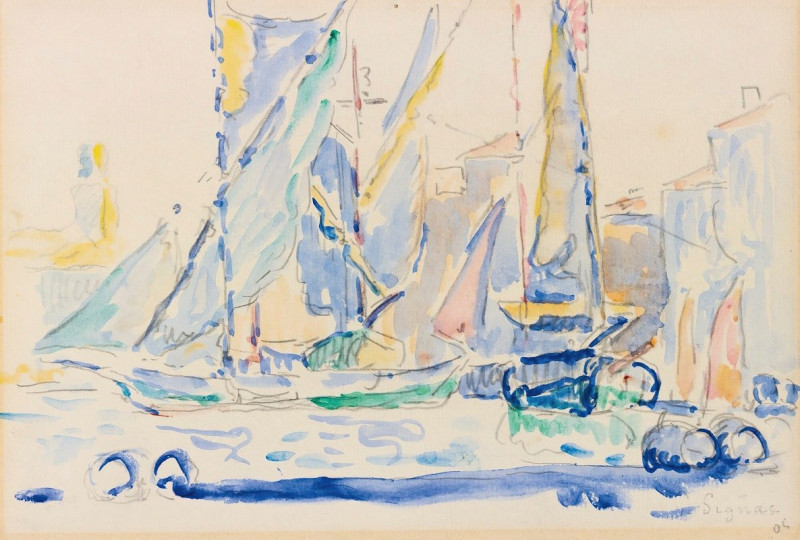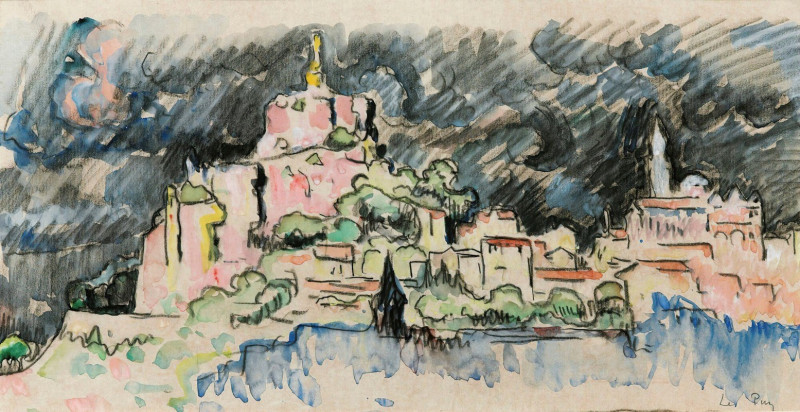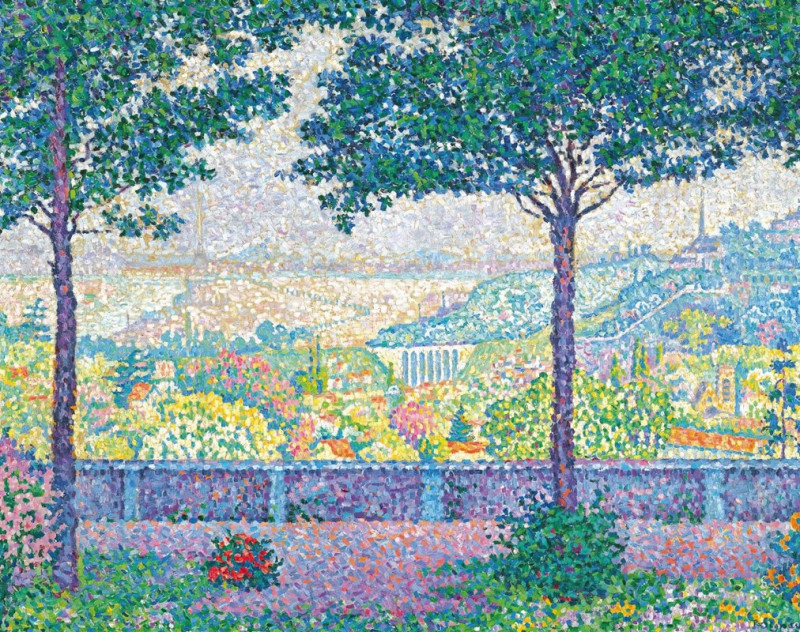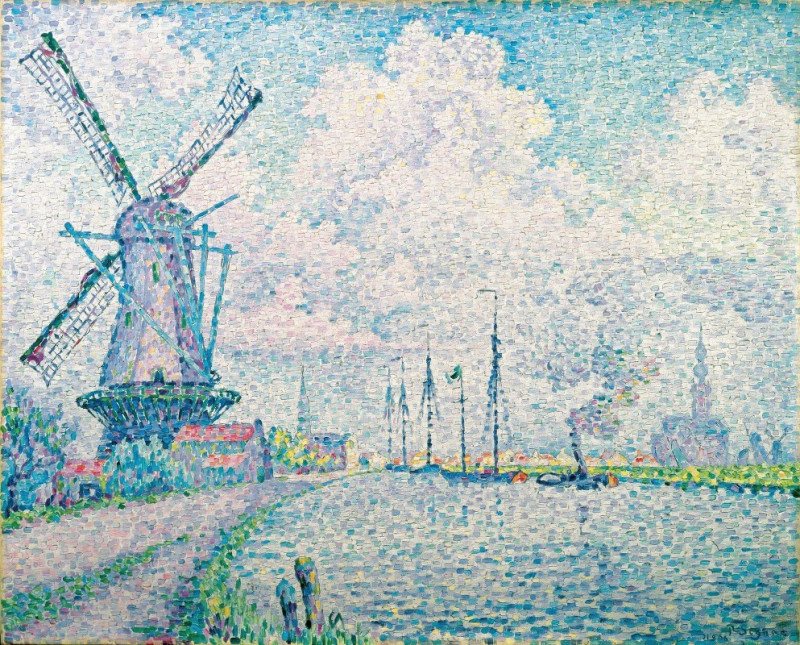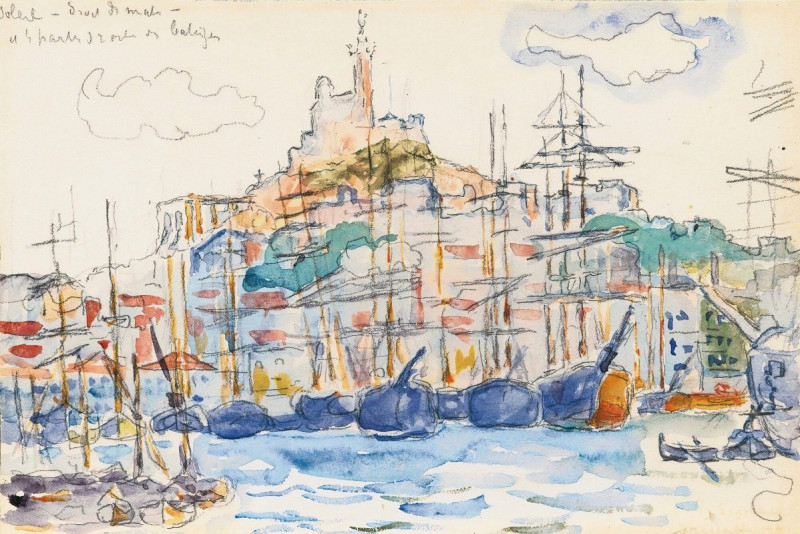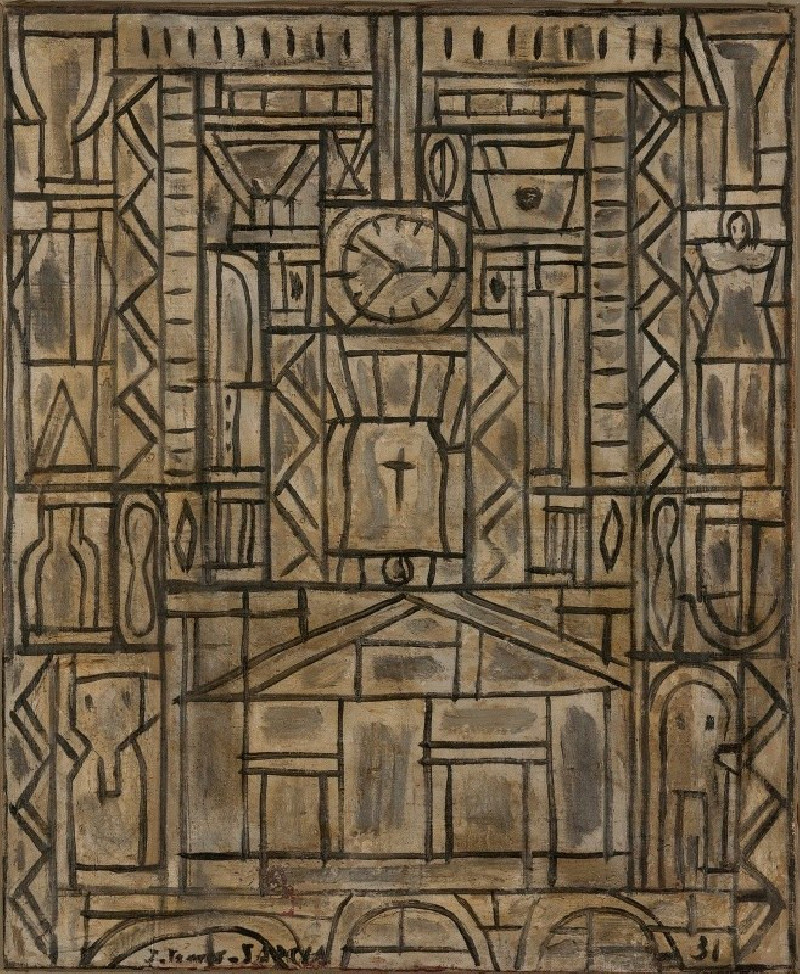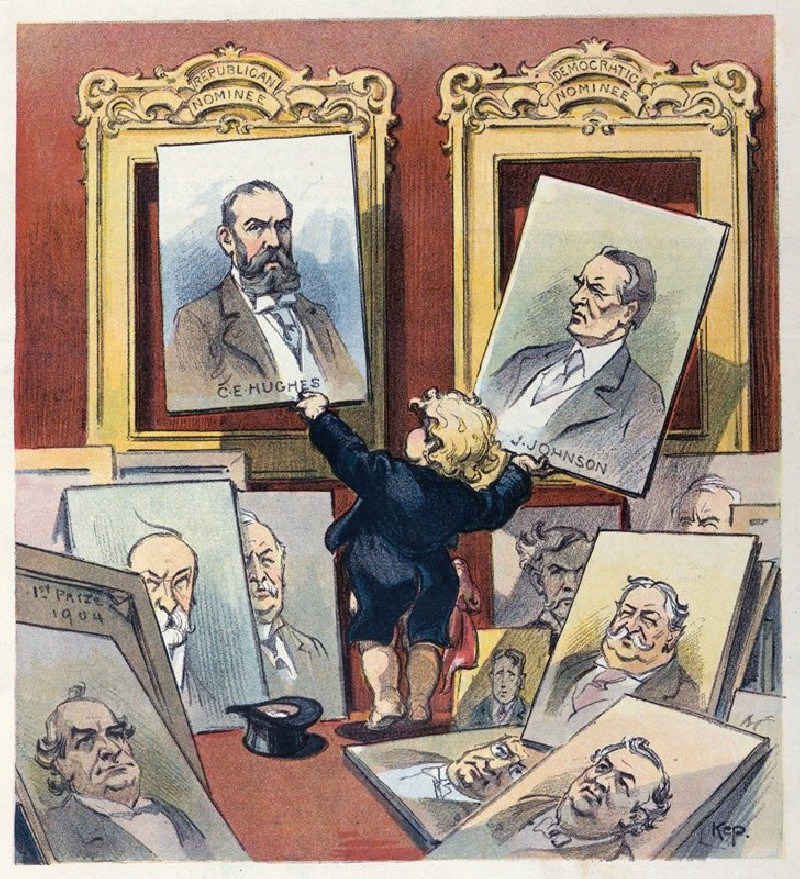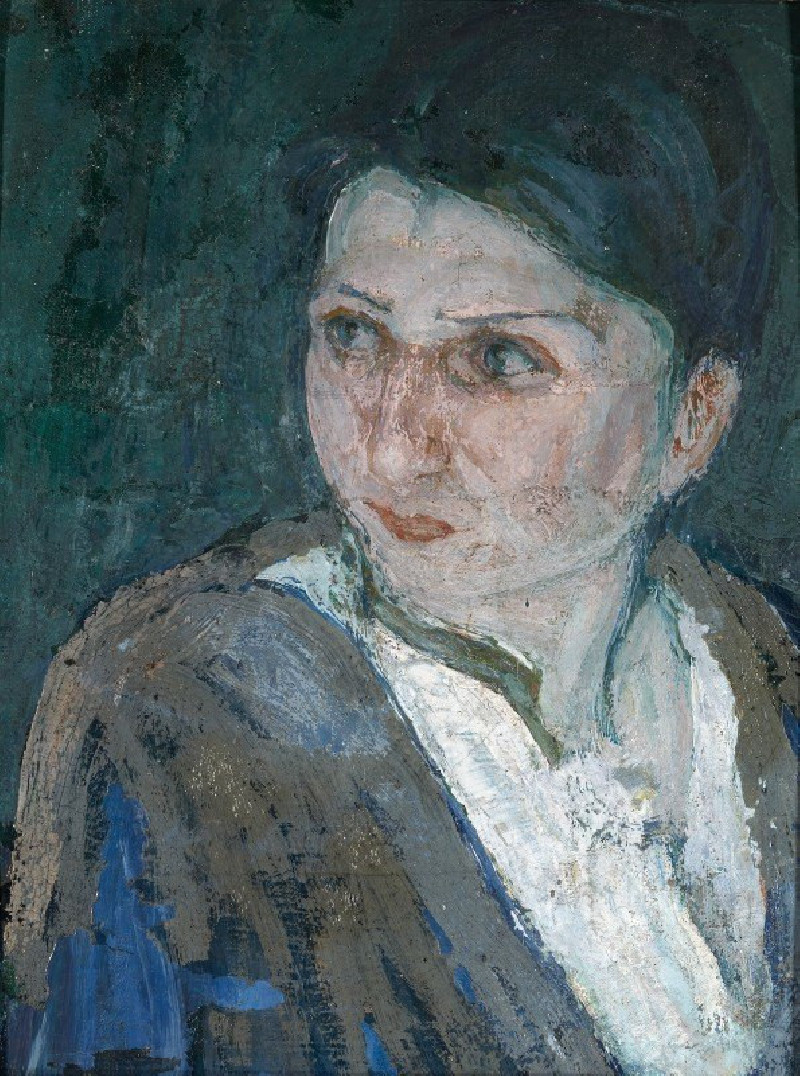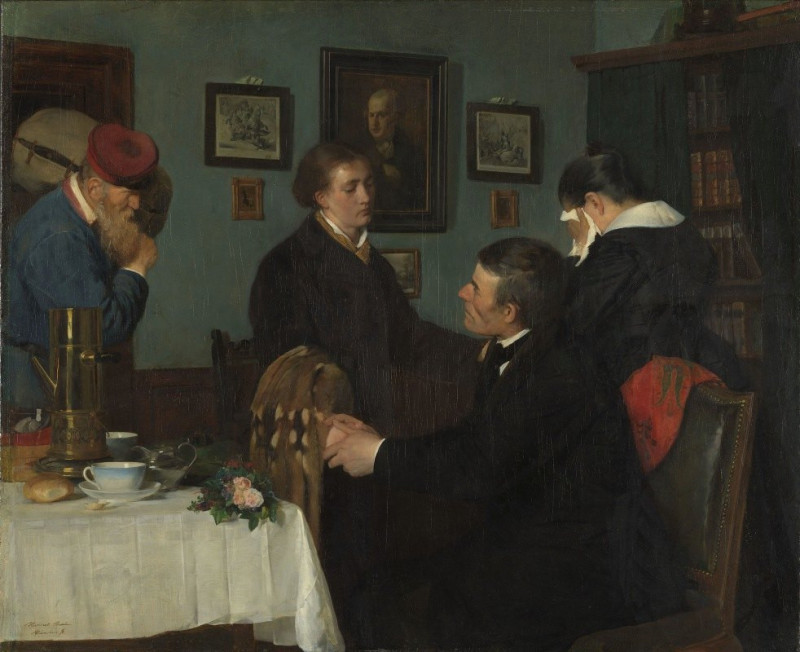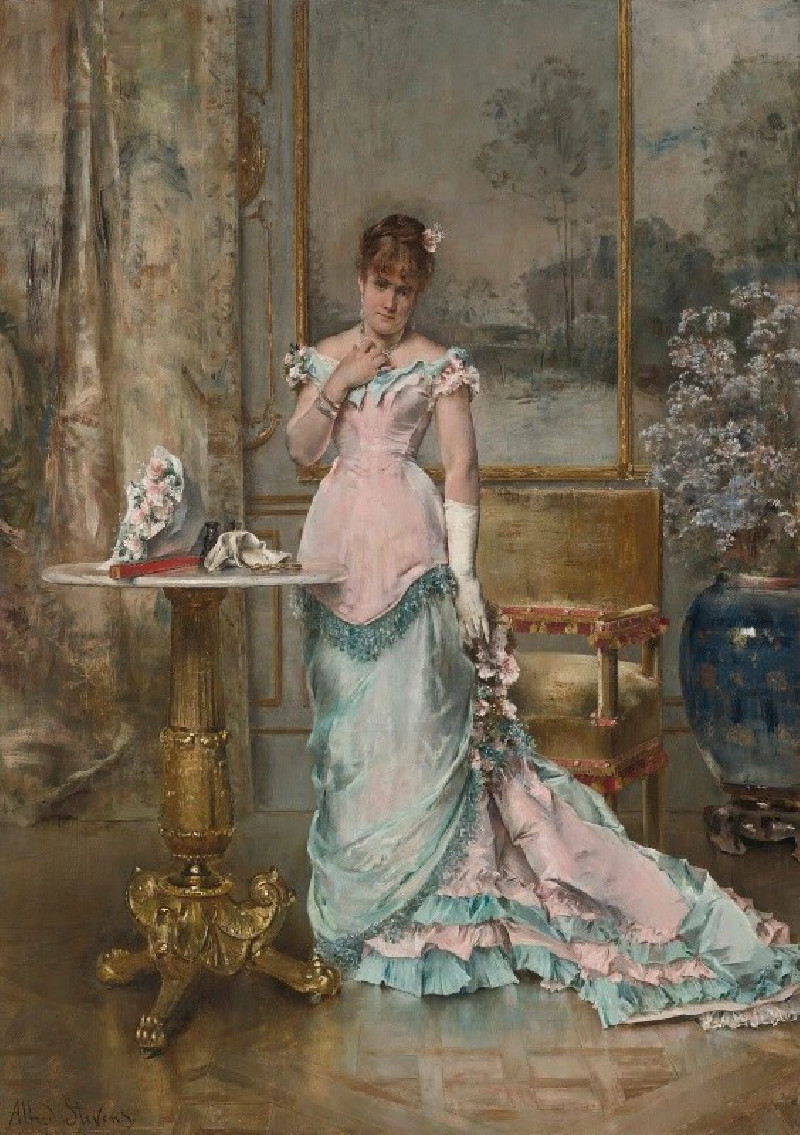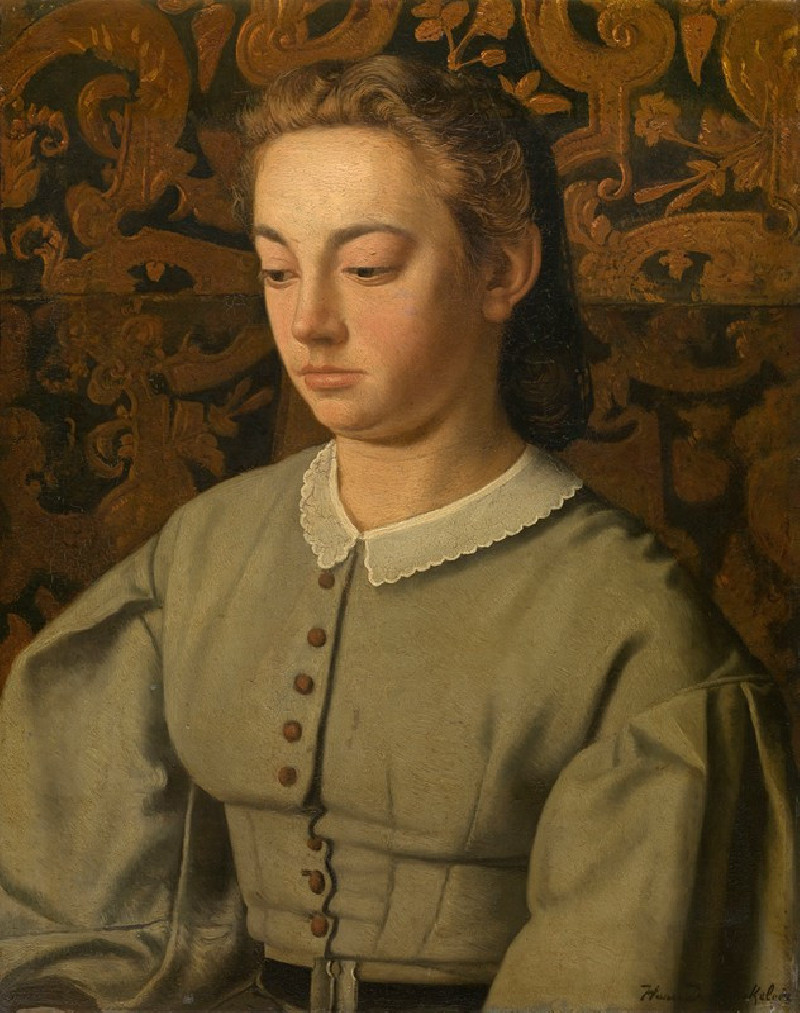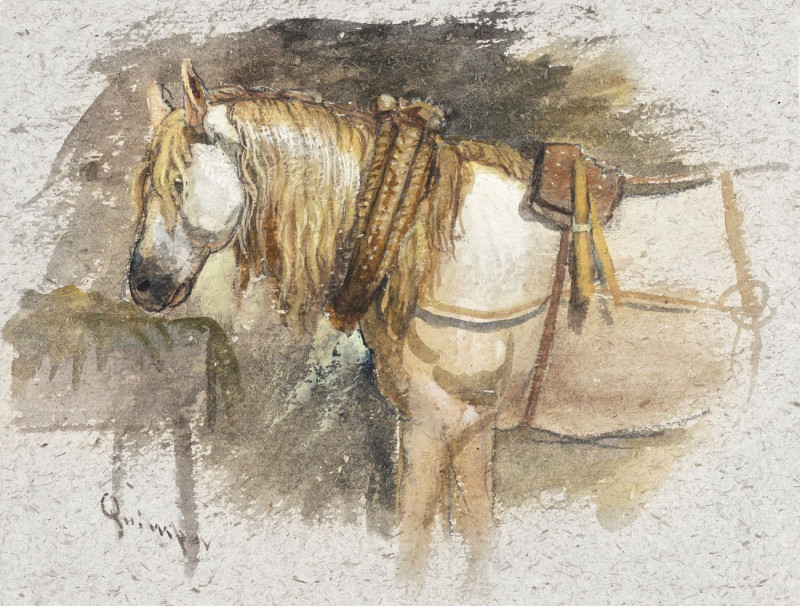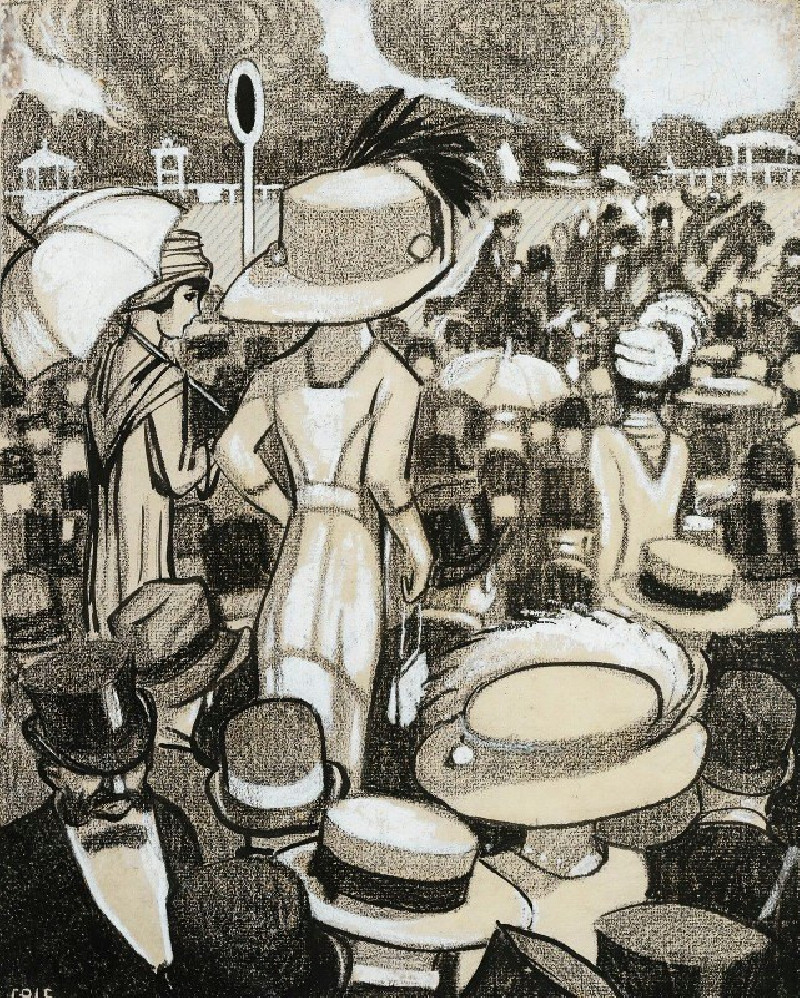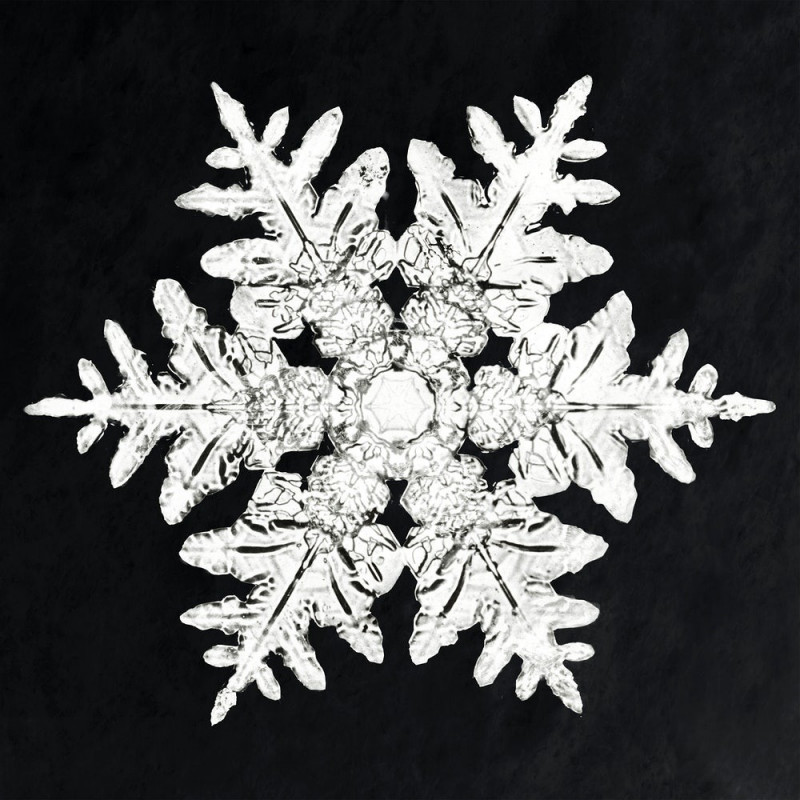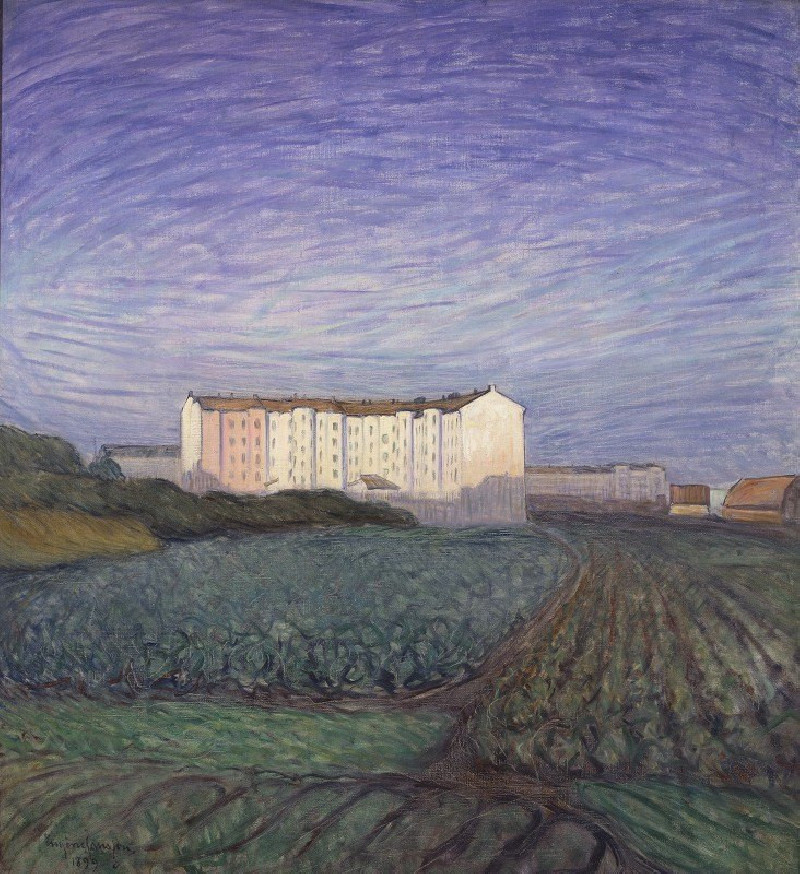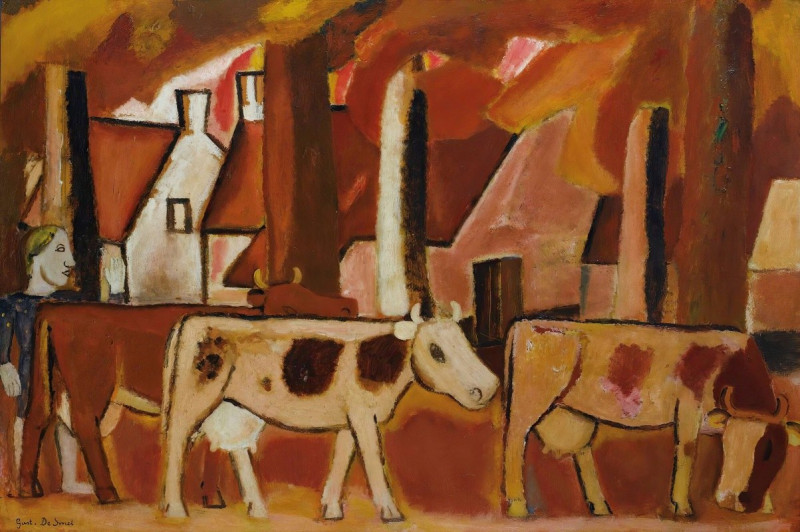Lezardieux
Technique: Giclée quality print
Recommended by our customers
More about this artwork
Paul Signac's painting "Lezardieux" captures a quaint and serene setting, typical of his delicate approach to landscape art. The watercolor depicts a prominently featured church structure, architectural in detail and surrounded by a lush environment. Signac's technique of using loose, expressive lines and muted yet vibrant color washes brings out the charm and tranquility of this village scene.Leaning towards Impressionism, Signac has effectively communicated a moment of daily life, coupling architectural finesse with the natural beauty that envelops it. The artwork vividly portrays the church’s elegant facade and soaring steeple, accented by the gentle dapples of sunlight filtering through the trees. The foreground includes a glimpse of a graveyard, adding a layer of depth and historical context to the village landscape.This painting invites viewers to explore the harmonious blend of nature and man-made structures. "Lezardieux" is not just a visual treat but also a narrative piece, evoking the serene pace of life in this charming locale.
Delivery
Returns
Paul Signac (1863-1935) was a French Neo-Impressionist painter. Together with Georges Seurat, Signac developed the Pointillism style. He was a passionate sailor, bringing back watercolor sketches of ports and nature from his travels, then turning them into large studio canvases with mosaic-like squares of color. He abandoned the short brushstrokes and intuitive dabs of color of the impressionists for a more exact scientific approach to applying dots with the intention to combine and blend not on the canvas, but in the viewer's eye.

